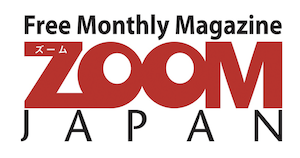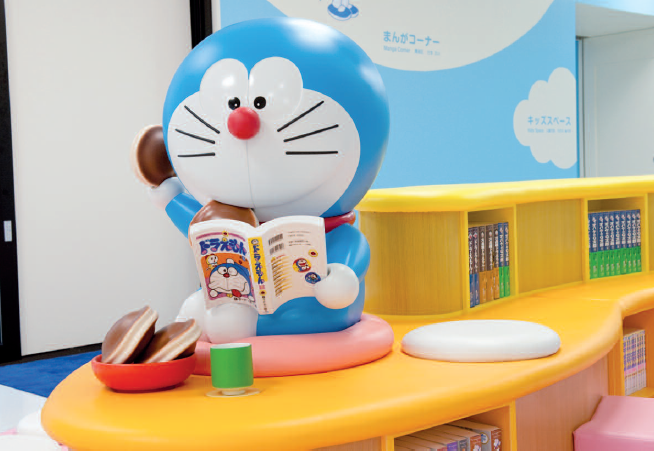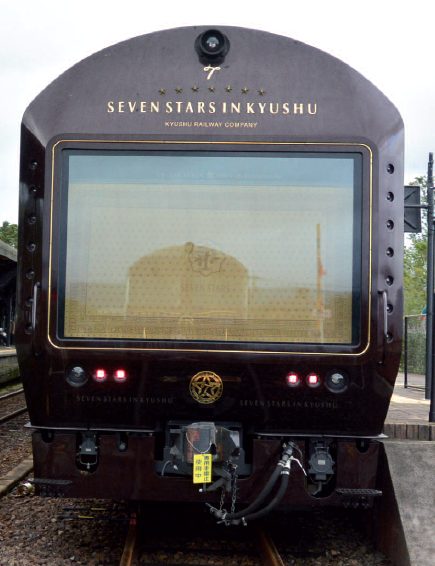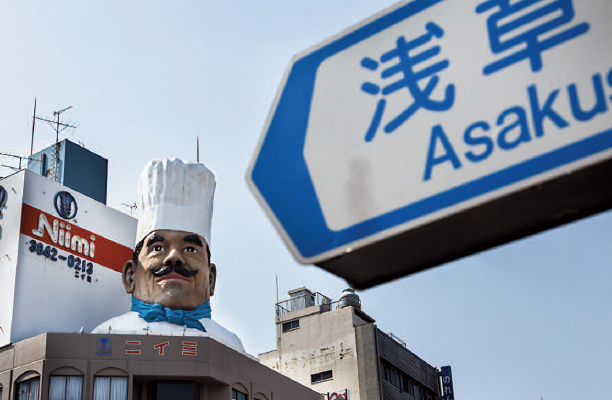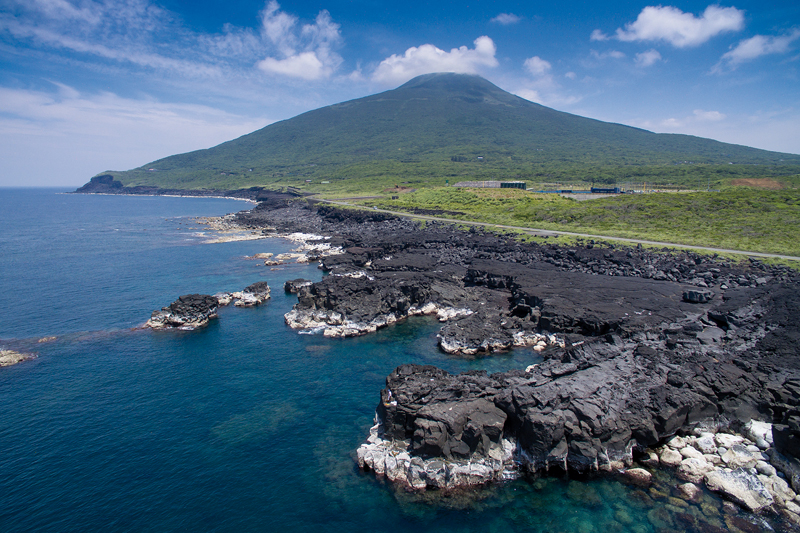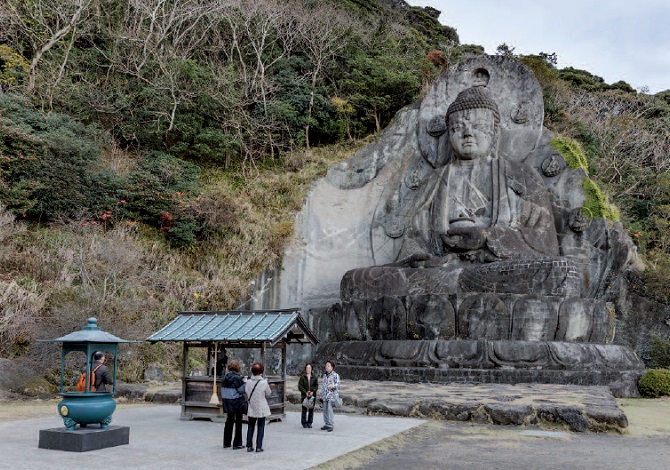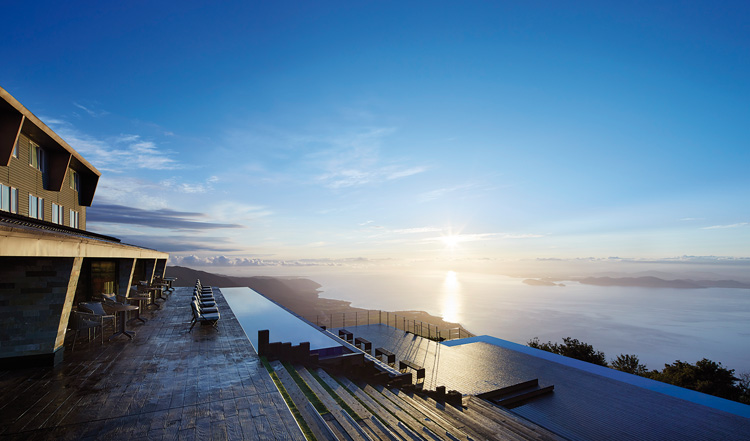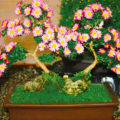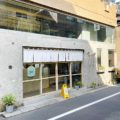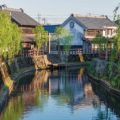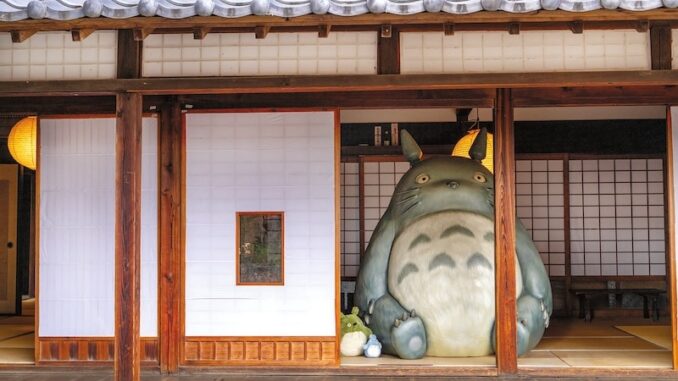
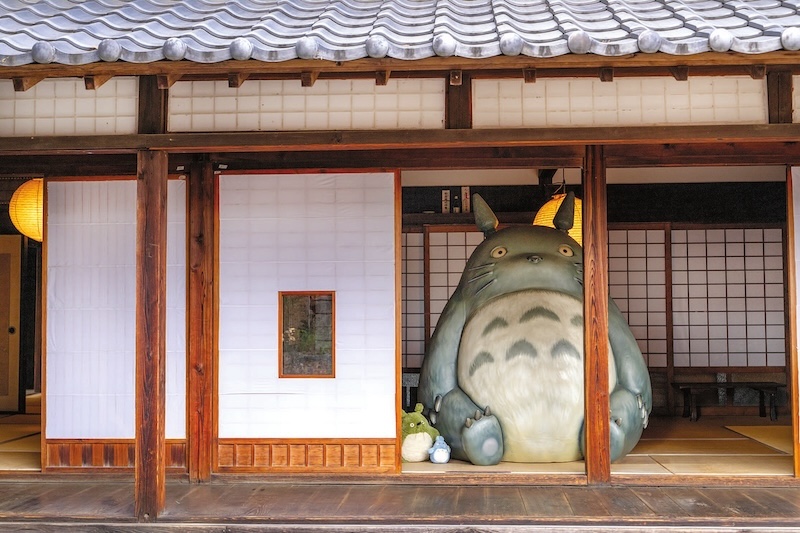
Miyazaki Hayao’s ecological spirit pushed the director to preserve the nature that inspired him.
The rolling inaka (countryside) of Saitama is the real-life home of Mei, Satsuki and, of course, Totoro. Director Miyazaki Hayao visited Sayama Hills – also called Totoro no Mori (Totoro’s Forest) – for inspiration when he made My Neighbor Totoro (1988) where Mei and Satsuki spend long afternoons running through nature and befriending spirits.
Sayama Hills is located in the center of the Musashino Plateau, approximately 35 kilometers from downtown Tokyo, in an area overlapping Saitama and Tokyo. It is a lush hilly district, encompassing 3,500 hectares and measuring about 11 kilometers east to west and 4 km north to south. The vast woodland area, which includes two reservoirs, Lake Sayama and Lake Tama, still maintains an old-world charm. Seen from above, the hills resemble a small green island in the middle of the Greater Tokyo Area.
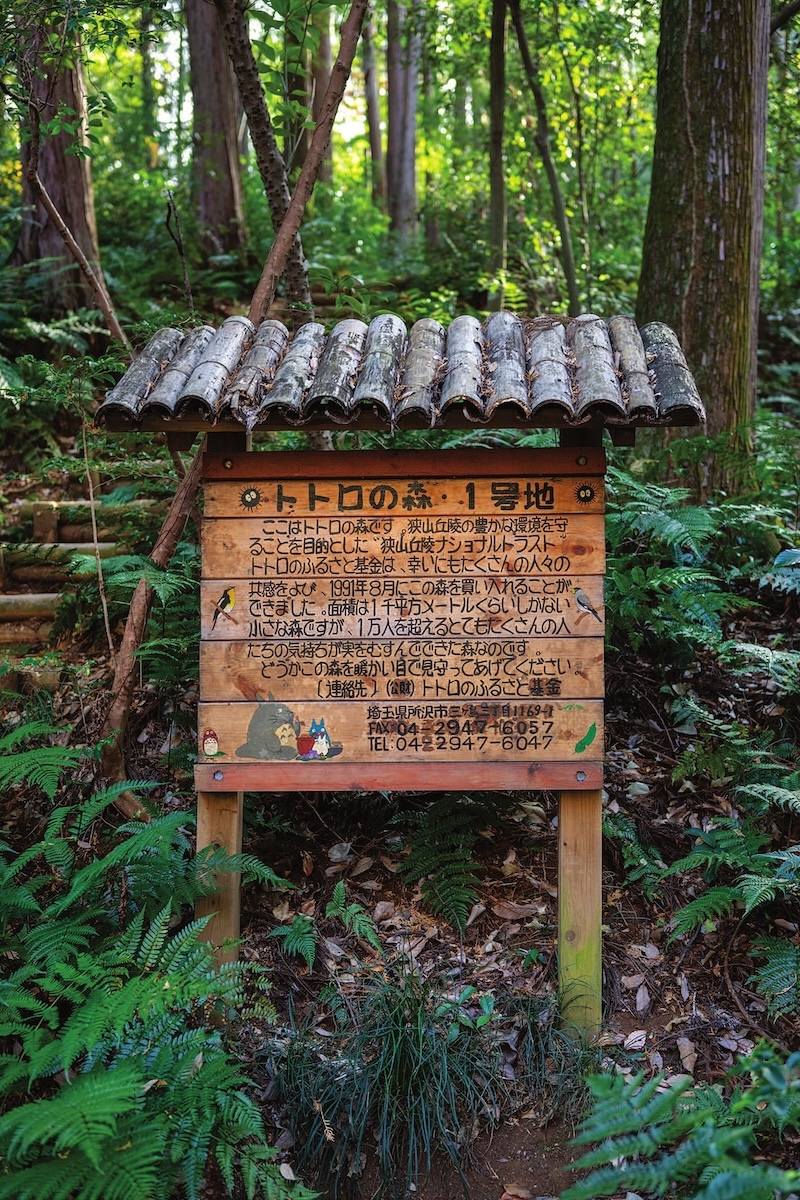
Here, farmland, rice fields, and wetlands, as well as the surrounding woods, maintain the timeless look of the past. This type of habitat, mixing wild nature and cultivated land, is called satoyama and has as its primary objective the development of farming in a symbiotic relationship with the natural environment.
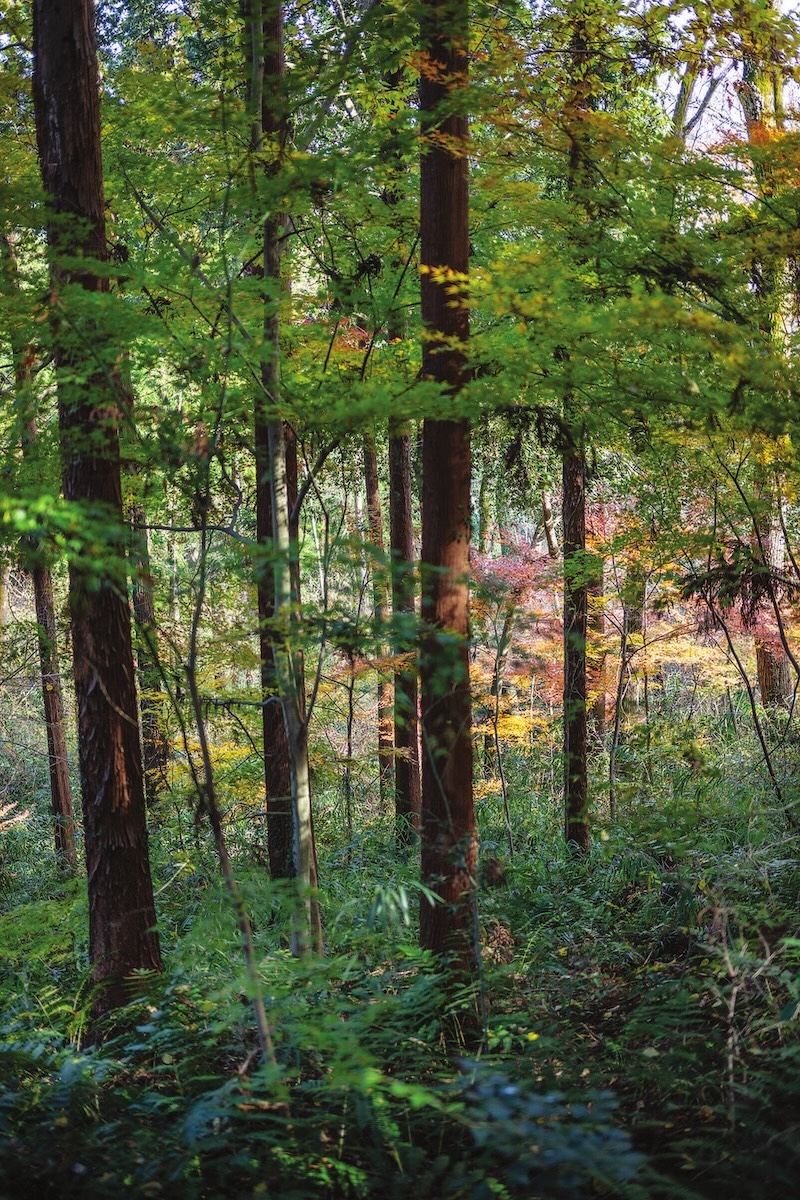
In Sayama Hills, 1,400 types of ferns and other seedling plants, 19 types of mammals and over 200 different species of birds have been identified. In addition, 2,500 types of insects, frogs, snakes and salamanders call this region home.
People have inhabited the area since the Paleolithic age, over 10,000 years ago. 235 archaeological sites have been confirmed in the Sayama region, making them valued cultural assets.
Biocultural preservation efforts in the Sayama Hills have been made since the 1970s. As a result, most of the natural habitats have been successfully protected. However, due to urban and leisure facility development, the destruction of the natural habitat through deforestation and illegal dumping is clearly visible.
In April 1990, the National Trust of Totoro no Furusato (Totoro’s Home or Birthplace) was created with the purpose of preserving the lush nature of Sayama Hills for future generations. Thanks to the efforts of five initial contributors, including anime director Miyazaki Hayao, donations poured in from across Japan.
Since Sayama Hills is known as the inspiration for Miyazaki’s animation masterpiece My Neighbor Totoro, the Trust Fund was named in its honor. In August of 1991, the first land acquisition, Totoro no Mori #1, was made thanks to the funds provided by the original donors. Totoro no Mori #2 was acquired in April 1996. In May of 1996, a membership club system that would help fund and support the organization’s activity was established. At the same time, they began publication of the newsletter Totoro no Mori Kara (From Totoro’s Forest).
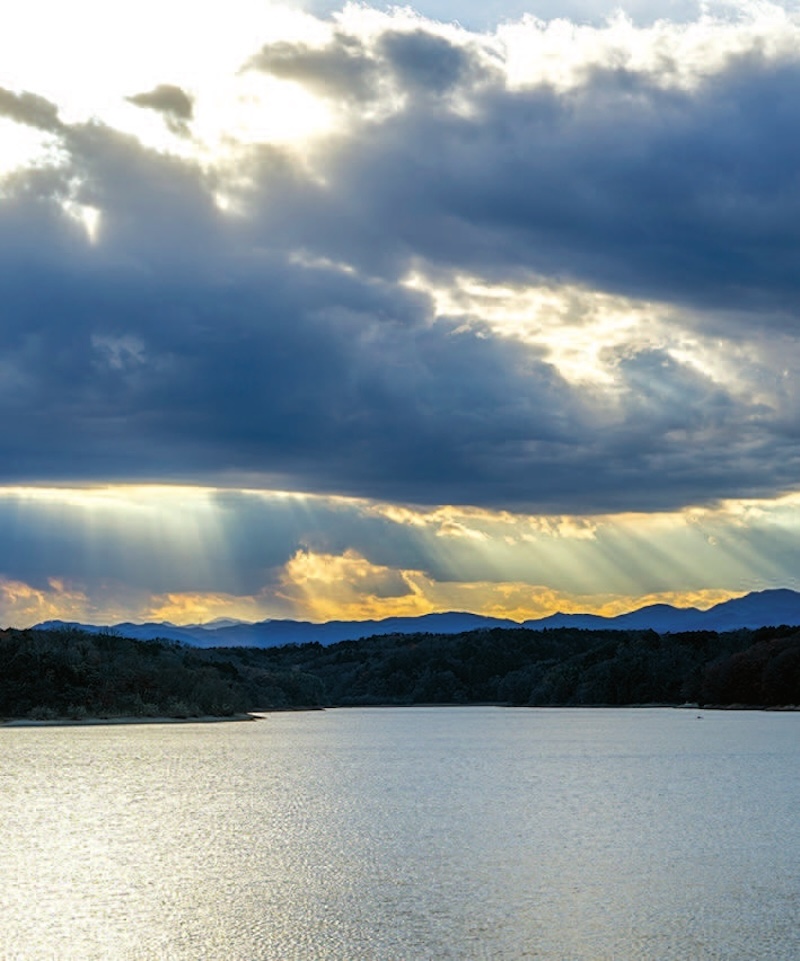
In April 1998, The National Trust of Totoro no Furusato was incorporated as the Totoro no Furusato Foundation. In later years, through October of 2003, four more land acquisitions were made, bringing the total to six. In 2002, the Foundation was awarded the Environment for Tomorrow Prize Special Award for Forest Heritage by the Asahi Shimbun, one of Japan’s main newspapers. The prize money of one million yen from the award was used to purchase equipment and educational materials for nature observation. They also started a program to lend those materials to schools. In 2006, the Foundation received the City of Kitakyushu’s Environment Award.
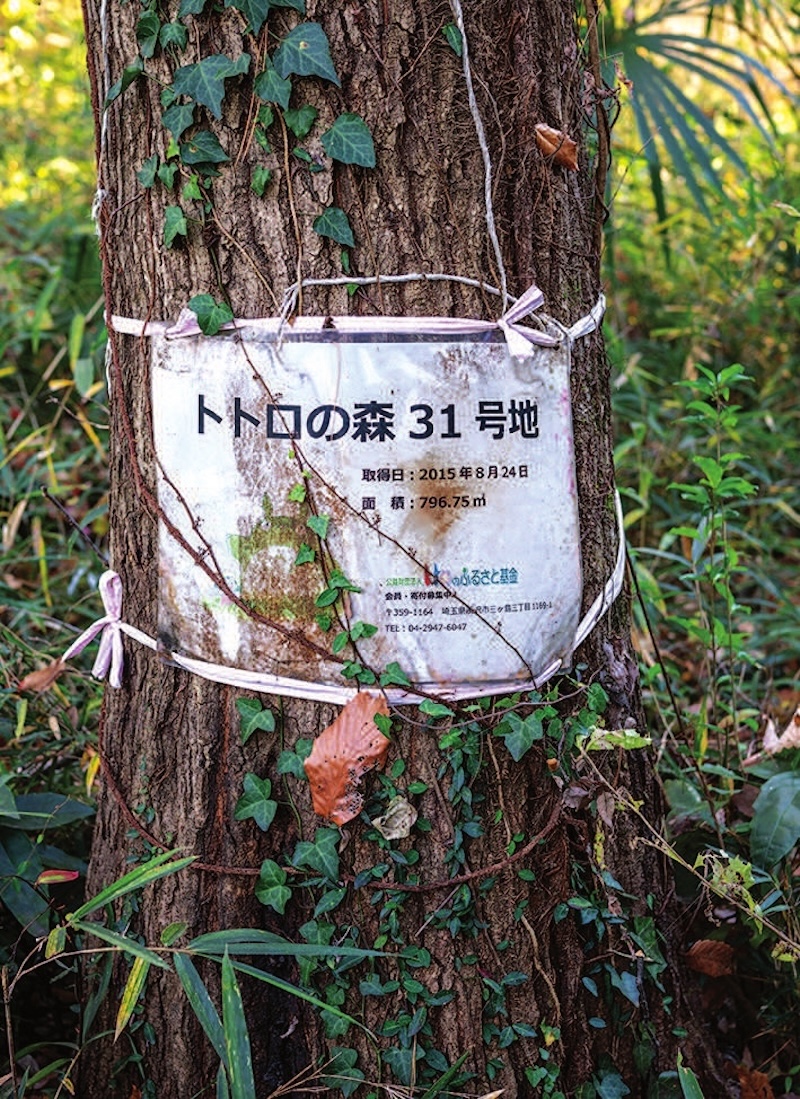
By April 2019, the number of forests purchased had risen to 49, with a total surface of about 89,689 ㎡. At the same time, thanks to increased publicity and media exposure, the number of visitors also increased rapidly, with people coming from not only Japan but all over the world.
As already mentioned, Totoro no Mori is actually comprised of several smaller forests and woods. Most of them are distributed around the northern part of Sayama Hills. Some museums are located around this area, so you can both enjoy nature and learn about the region’s history and folklore. These forests, museums and visitor centers located all over the area are connected by paths or nature trails. Let’s see a couple of the local areas in detail.
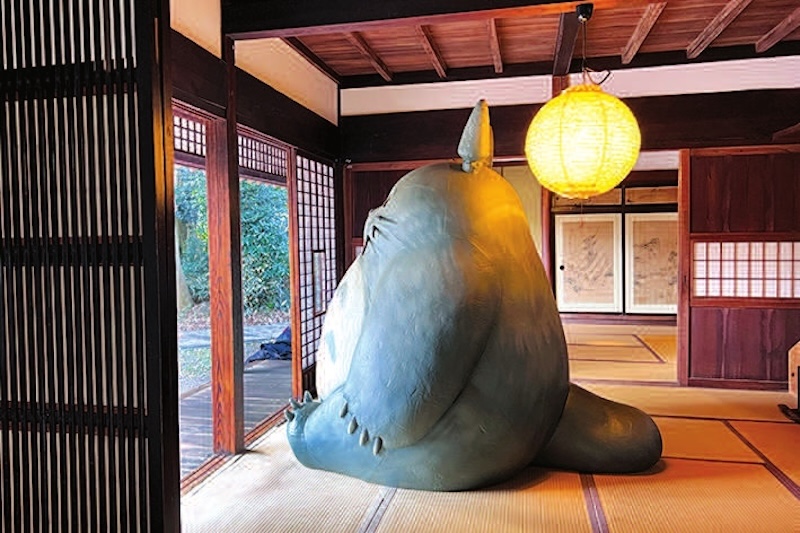
The Yamaguchi Area is comprised of 20 forests, with a total area of 34,299㎡ (as of April 1, 2019). Here you will find temples, tea gardens and Japanese traditional houses. To get to Yamaguchi, change the train to the Seibu Sayama Line at Nishi-Tokorozawa Station and get off at Shimo-Yamaguchi or Seibu-kyujo-mae Station.
The original Totoro Forest, which is located in the Yamaguchi Area, was acquired in 1990 by the Totoro Funds steering committee. The main trees growing here are Japanese cedars, oak trees, Sargent’s cherries, Japanese snowbells and red pines. All the areas are connected by paths and steps, and it is a good place for relaxing.
Other facilities in this area include the Sayama Hill Flora and Fauna Interaction Center in Tokorozawa and the Saitama Midori-no-mori Nature Park in Iruma. The former is one of five centers operated by Saitama Prefecture to study nature. The latter one, on the other hand, is an 85-ha nature park where you will find groves of mixed tree species and wetland areas left in their natural state for outdoor viewing.
Gianni Simone
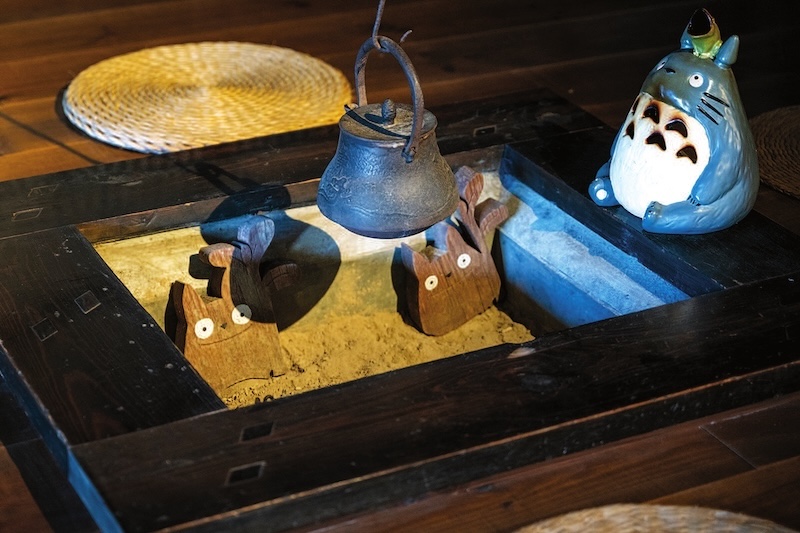
Access : A five-minute walk from the Takahashi bus stop on the Tokorozawa City Bus line or 20 minutes from Seibu-kyujo-mae Station on the Seibu Sayama Line.
The Mikajima Area consists of 19 forests with total area of 34,031㎡ (as of April 1, 2019). A visitor center called Kurosuke no Ie (Kurosuke’s House), an old folk house that the Totoro Funds acquired in 2004, is also located in this area. The house provides easy access to 15 of the 19 forests. In this part of Sayama Hills you will also see tea gardens, small streams, bamboo groves and homestead woodland.
Access by Rail
The Seibu Ikebukuro and Seibu Shinjuku lines bring visitors into the heart of the Sayama region each day. Kotesashi Station on the Seibu Ikebukuro Line is two stops from Tokorozawa Station and connects to the buses bound for Waseda Daigaku and Miyadera-nishi. Kurosuke’s House is a five-minute walk from the Dainichi-do bus stop.
Kurosuke’s House
Kurosuke’s house opens from 10:00 to 15:00 on Tuesdays, Wednesdays, and Saturdays. It is closed on public holidays, year-end and New Year holidays. Here you can pick up trail maps, discover native plant life and learn about the forest’s influence on Miyazaki’s movie.
To learn more about this topic check out our other articles :
N°147 [FOCUS] Manga and Nature, the Right Stroke
N°147 [FOCUS] Cinema : Miyazaki or the spiritual approach
Follow us !
